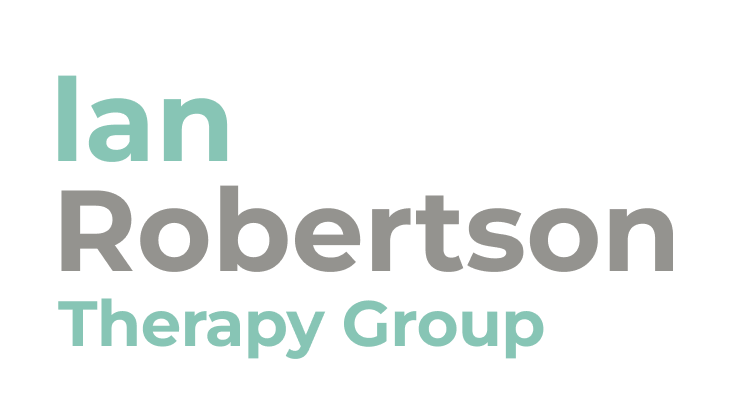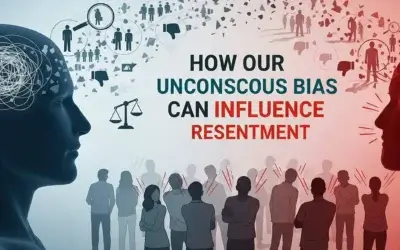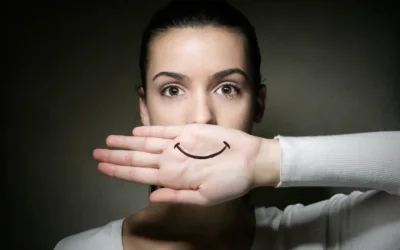
In today’s culture, we’re witnessing a paradigm shift in how we cope with adversities and difficult times. Themes like anxiousness, avoidance, disconnection, and suffering often trap people in fear-based mindsets. There’s also an increase in mental health diagnoses among children and youth. But is it that more kids are experiencing mental illness, or are we just defining them differently as a result of anti-stigma campaigns around mental health?
As society increasingly interprets human suffering through the lens of mental illness, many behaviors, especially in children, youth, and adults—are labeled as “illness” and treated as such. This raises the question: Are we reinforcing a “mental illness” mindset rather than fostering resilience and building “mental wellness”?
A Change in Perspective
Reflecting on other cultures can provide insight into this question. I have a home in a third-world country where the societal integration of the mental health discourse hasn’t yet taken hold. These communities have endured significant hardship through civil wars, poverty, natural disasters, and more. Yet, they seem to embody incredible resilience and connection.
I remember sitting in a small fishing village at an outdoor table in front of a modest food hut. The average family income for 4-5 people was about $80 US per month. Despite this, children were laughing and playing in the streets, and families were connecting, laughing, and experiencing a strong sense of community. I was struck by how this community, having experienced profound suffering, seemed so happy and engaged.
This community, although not shielded from trauma, had learned to not let their history define them. Their inner narrative was not controlled by their past pain, but by their gratitude and determination to embrace life. Their ability to find hope, despite having so little by Western standards, left a profound impression on me.
Pain is Your Friend
One of the fundamental teachings of Buddhism is the “pain paradox,” which states: “Resistance x Pain = Degree of Human Suffering”. In essence, those who become resilient learn that all lives involve suffering, and avoiding or resisting pain only leads to more suffering.
To develop resilience, we must learn to lean into pain rather than avoid it. Embrace pain as if it were a trusted companion. By fostering a new relationship with pain, it begins to shift and become more manageable. This process allows us to transform feelings of hopelessness and insecurity into inner strength and self-confidence. Instead of avoiding or resisting pain, we can unlock our inner abilities to face and overcome it.
Trying to protect ourselves or others from pain, or distracting ourselves from it, only increases suffering. By making pain your ally, you strengthen your inner self, becoming more resilient, confident, and capable of facing whatever life throws your way.
Embracing Pain for Resilience
The community I observed had mastered this concept. Despite their painful history and current hardships, they had developed resilience by embracing pain rather than resisting it. Their ability to find happiness and connection amidst suffering is a testament to the power of accepting life’s difficulties as a part of the human experience. This perspective allowed them to flourish emotionally, without the need for external validation or diagnosis.
Conclusion
Pain and suffering are inevitable aspects of life, but they don’t have to define us. Instead, we can choose to embrace our struggles, allowing them to strengthen us from within. By shifting our mindset from avoiding pain to accepting it, we build resilience, confidence, and emotional wellness. This shift in perspective not only reduces suffering but also fosters a sense of inner peace and personal growth. If you’re struggling with pain or adversity and want to learn more about building resilience, feel free to fill out the form below. We’re here to help you on your journey to mental wellness.











